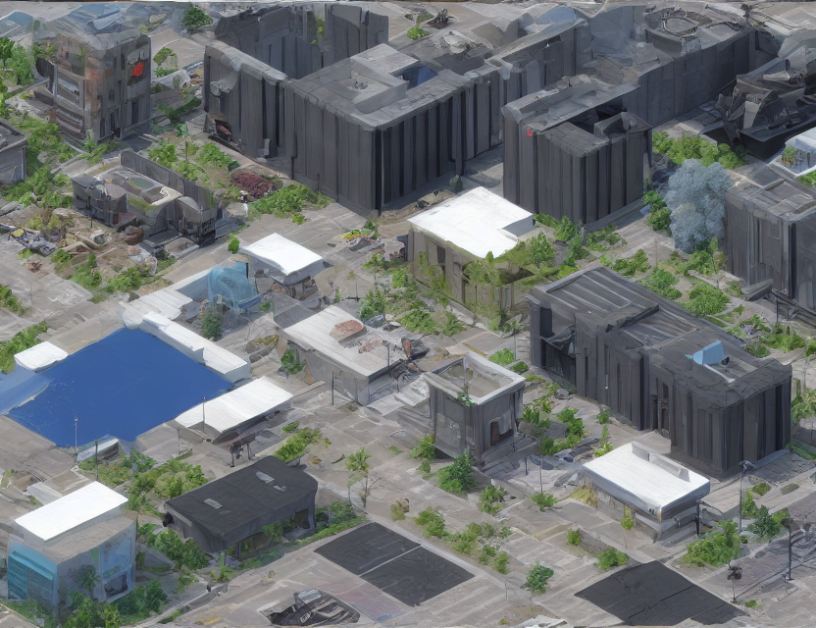Local image enhancement (LIE) is a computer vision technique that aims to improve low-light images by enhancing specific areas of the image. In this article, we will explore how LIE works, its applications, and the different approaches used to achieve optimal results.
Section 1: Understanding LIE
Local image enhancement is a process that seeks to improve the quality of low-light images by enhancing specific areas of the image. Unlike global image enhancement techniques that try to balance the entire image, LIE focuses on selective areas that require more attention. This approach allows for more precise control over the degree of light in each area, resulting in a more natural-looking enhancement.
Section 2: Approaches to LIE
There are several approaches to local image enhancement, including:
- Spatially-varying operations: These techniques use spatially-varying functions to adaptively enhance specific areas of the image. Examples include non-uniform illumination adaptation and contrast adaptation.
- 3D-Look-up-Table-based approaches: These methods predict the index to retrieve the pixel value from a 3D look-up table, similar to [27] and [20].
- Diffusion-based models: As a powerful technique in generative modeling, diffusion models have received significant attention recently. Research works adapt a general diffusion model to the LIE setting. Examples include Diff-Retinex [24] and ExposureDiffusion [21].
Section 3: Multi-CNN-And-Concat
Another straightforward approach for computing local image enhancement is to use a global enhancement network as the backbone and add three CNN tails as decoders to decode information in three areas, respectively. The inputs to the first two tails are globally enhanced images, which are used to decode images in Area A and Area B, while the input to the last tail is the original low-light image, which is used to interpret information in Area C.
Section 4: Control the Degree of Light
LIE allows for controlling the degree of light in specific areas by adjusting the intensity of the enhancement. This can be achieved through various means, such as using a mask to control the area of enhancement or employing a gradient-based approach to smoothly transition between enhanced and unenhanced areas.
Conclusion
Local image enhancement is a powerful technique that can significantly improve the quality of low-light images. By selectively enhancing specific areas, LIE provides more precise control over the degree of light in each area, resulting in a more natural-looking enhancement. With various approaches available, including spatially-varying operations, 3D-look-up-table-based methods, and diffusion-based models, there is no one-size-fits-all solution for LIE. By understanding the different techniques and their applications, we can demystify the complex concepts surrounding this technique and unlock its full potential in computer vision applications.



